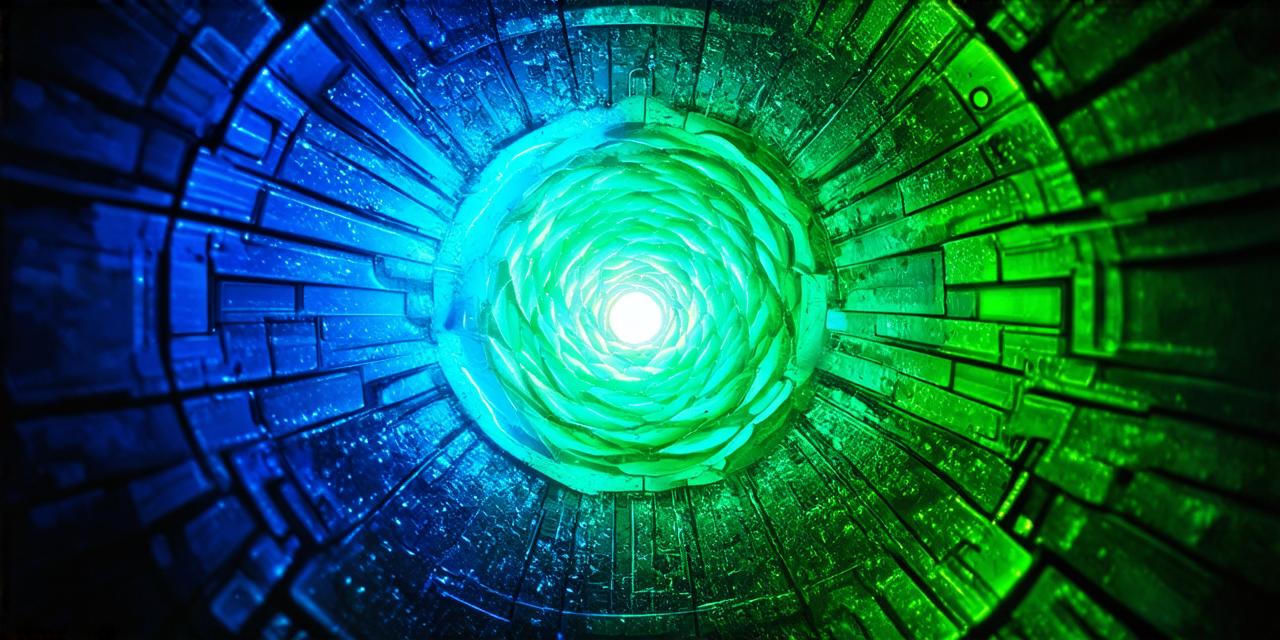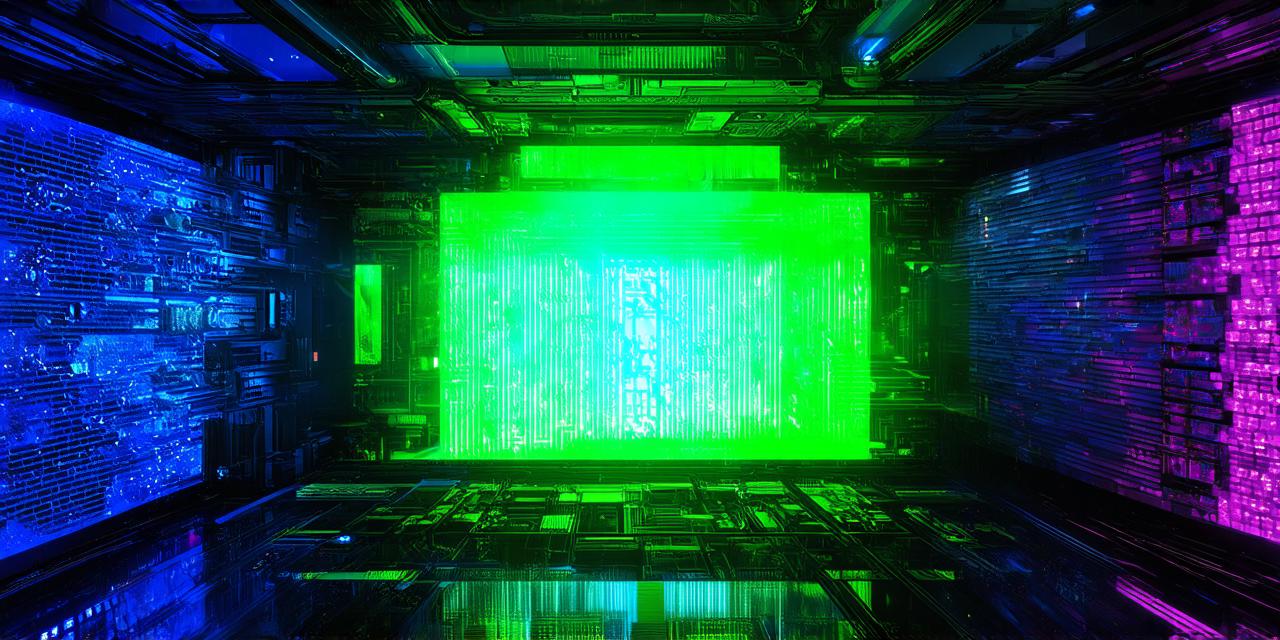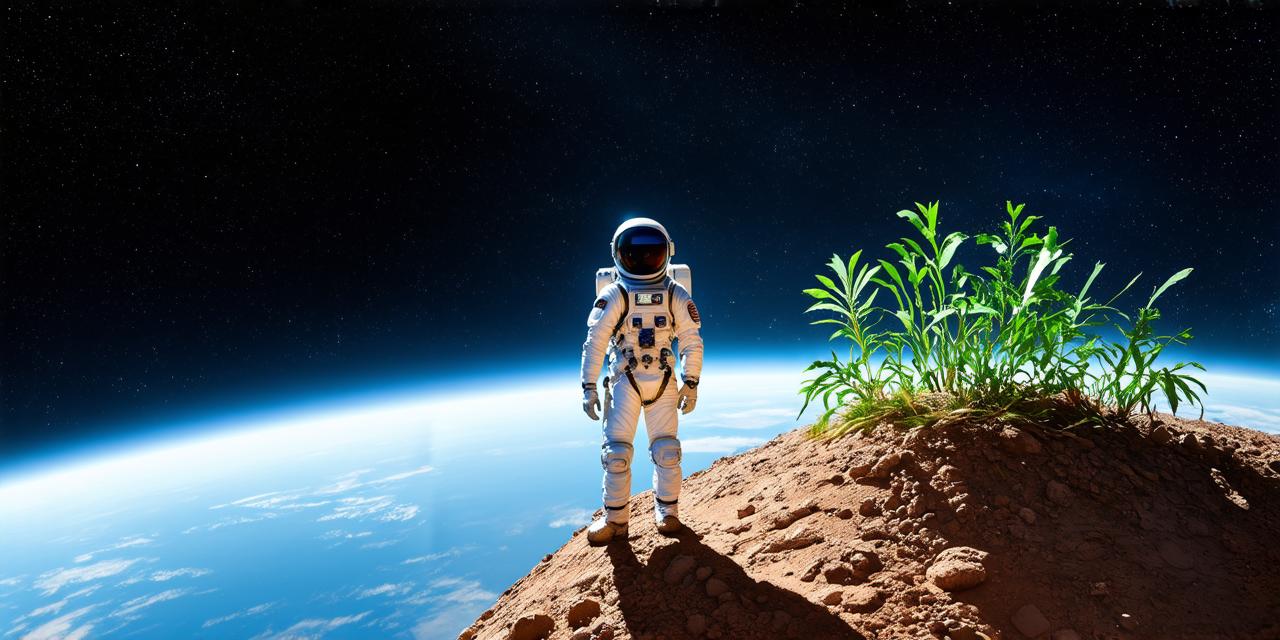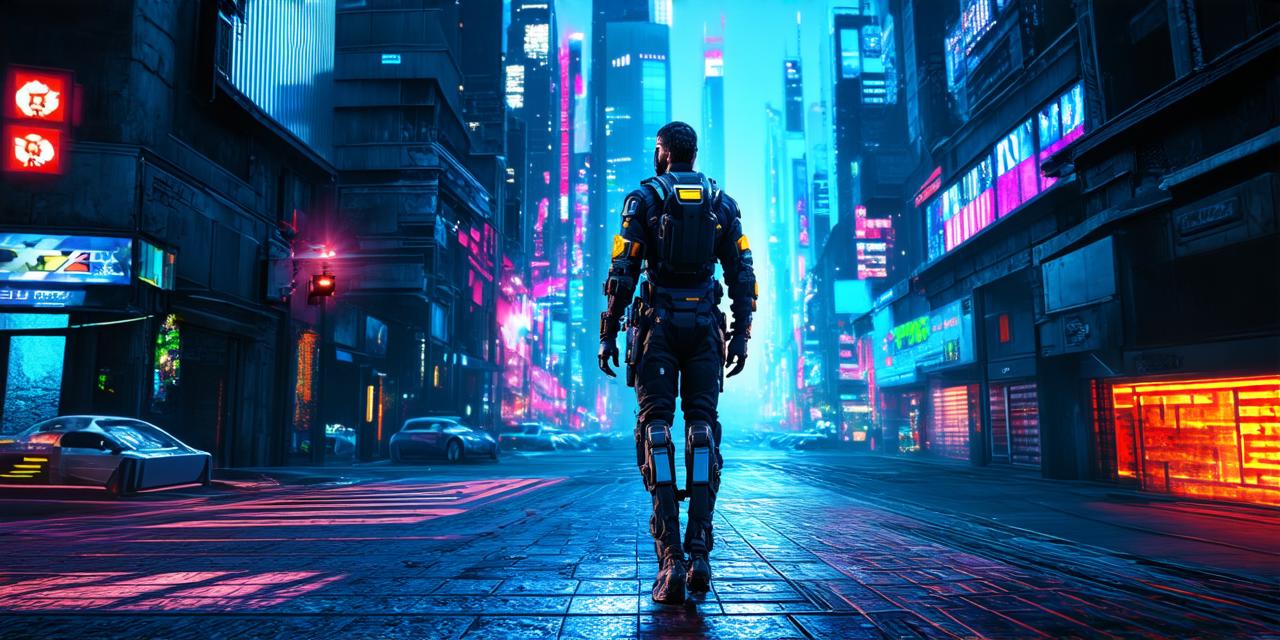Mixed reality (MR) technology is a type of immersive computing that combines virtual elements with real-world environments in real-time, creating a hybrid experience for users. MR technology has gained significant attention in recent years due to its potential to revolutionize various industries and enhance user experiences.
1. Healthcare:
Mixed reality technology is transforming healthcare by enabling doctors and patients to interact with virtual models of organs and medical procedures. This technology allows for better diagnosis and treatment planning, reducing the risk of surgical complications and improving patient outcomes. MR technology can also be used to train medical professionals, providing a safe and controlled environment for practicing complex procedures.
2. Education:
Mixed reality technology has the potential to revolutionize education by creating immersive learning experiences that engage students and enhance their understanding of complex concepts. With MR technology, students can interact with virtual models, simulations, and animations that bring abstract ideas to life. This technology also enables collaboration between students and teachers in real-time, making learning more interactive and engaging.
3. Retail:
Mixed reality technology is transforming the retail industry by providing customers with a personalized shopping experience. With MR technology, customers can try on virtual clothing and accessories, visualize furniture in their homes, and explore products in 3D before making a purchase decision. This technology also enables retailers to create virtual showrooms and pop-up stores, reaching customers who may not have access to physical locations.
4. Manufacturing:
Mixed reality technology is transforming the manufacturing industry by enabling workers to visualize complex designs and make real-time adjustments on the production line. This technology also enables workers to train on virtual simulations of machines and processes, reducing the risk of errors and improving productivity. MR technology can also be used to create virtual prototypes, allowing manufacturers to test and iterate on designs before producing them physically.
5. Gaming:
Mixed reality technology is transforming gaming by providing players with a fully immersive experience that blends real-world environments with virtual elements. This technology allows for more realistic interactions between players and game objects, creating a sense of presence and immersion that is difficult to achieve with traditional gaming methods. MR technology can also be used to create interactive installations that engage audiences in unique and creative ways.
6. Architecture:
Mixed reality technology is transforming architecture by enabling architects to visualize and interact with virtual models of buildings and cities. This technology allows for more accurate and efficient design, reducing the risk of errors and improving project outcomes. MR technology can also be used to create interactive walkthroughs and visualizations that engage clients and stakeholders in the design process.
7. Engineering:
Mixed reality technology is transforming engineering by enabling engineers to visualize complex designs and make real-time adjustments on the production line. This technology also enables engineers to train on virtual simulations of machines and processes, reducing the risk of errors and improving productivity. MR technology can also be used to create virtual prototypes, allowing engineers to test and iterate on designs before producing them physically.
8. Training:
Mixed reality technology is transforming training by enabling workers to practice complex skills in a safe and controlled environment. This technology also enables trainers to create immersive simulations that replicate real-world scenarios, providing a more effective and engaging learning experience. MR technology can be used to train workers in various industries, including healthcare, manufacturing, and transportation.
In conclusion, mixed reality technology has the potential to transform various industries by creating immersive experiences that engage users and enhance their understanding of complex concepts. As this technology continues to evolve, we can expect to see even more innovative uses across a wide range of sectors.



